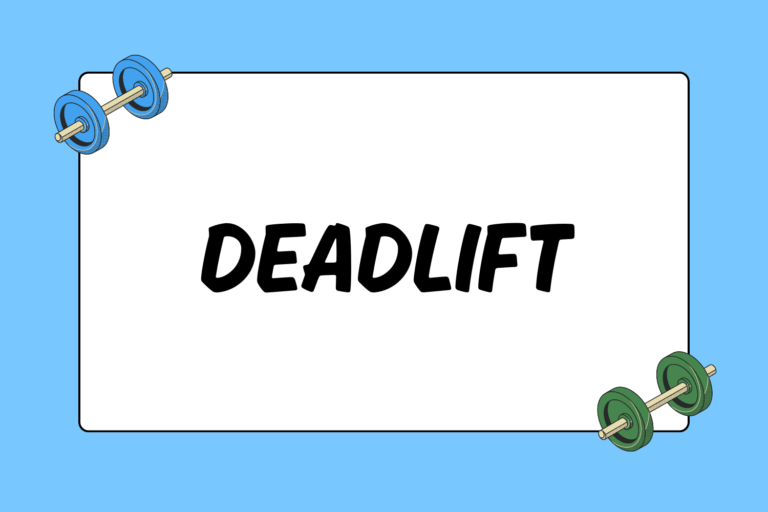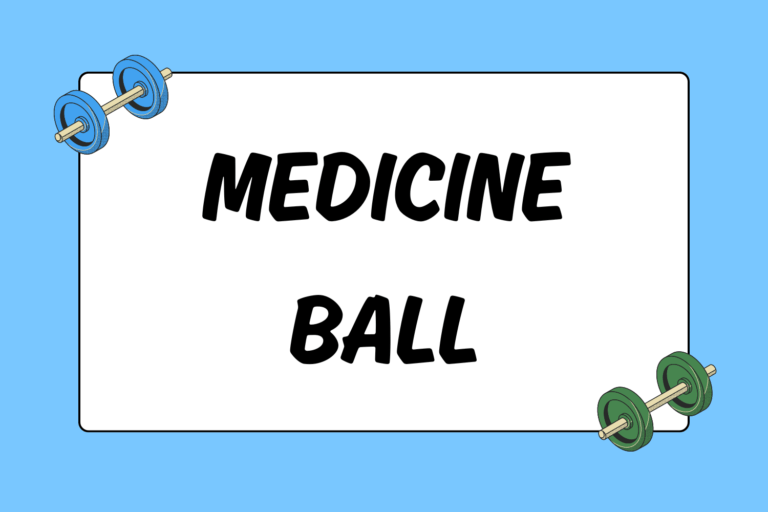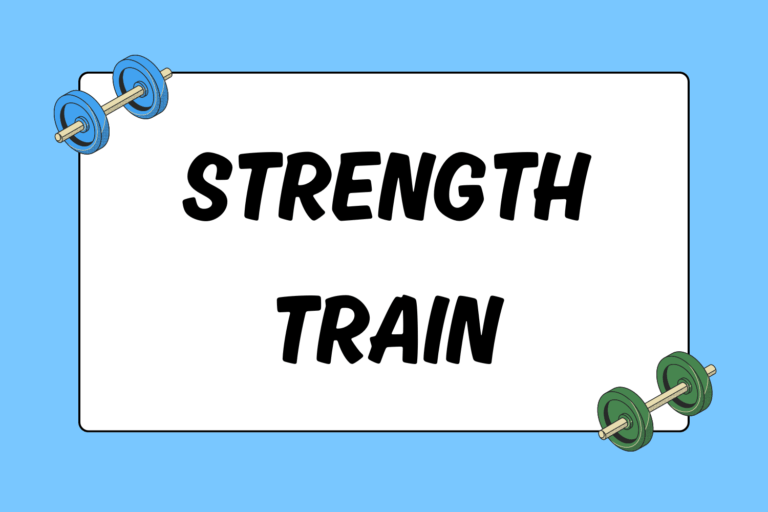Strength, endurance, flexibility, and cardiovascular fitness were once the only health and fitness guideposts. Now, many trainers emphasize balance as one of the most essential aspects of fitness. Balance exercises protect you from injuries associated with unexpected falls, while also enhancing your coordination and athleticism. The rest of this guide explains how to develop a progressive balance-training program.
Balance Explained
The word “balance” describes the ability to maintain your center of gravity, which is located about two inches below your navel, over your base of support (normally your feet).
Sport coaches distinguish two types of balance exercises: Static and dynamic. Static balance describes your ability to balance on one limb without movement. Dynamic balance, on the other hand, uses balance in motion. While dynamic balance exercise transfers more effectively to sport performance, static balance exercise helps you identify muscle imbalances that impede your movement style.
Balance Basics
Three essential factors influence your ability to perform balance exercises:
- Postural alignment
- Core stability
- Proprioception
Postural alignment enables equal weight distribution, which is essential for dynamic and static balance exercises. Core stability refers to your deeper abdominal muscles, which are responsible for stabilizing your spine and maintaining postural alignment.
Proprioception describes your body’s awareness of, and its ability to adjust to, its position in space. For example, your ability to react to terrain changes when riding your skis or snowboard, or the ability to avoid tripping over toys on your living room floor. Effective balance exercise programs address all of these factors.
Hot Tip: Core Balance
Your deep abdominal muscles, called your core, stabilize your spine during balance exercise. Improve your dynamic stability by contracting your abdominal muscles while performing these exercises.
Posture & Core Exercises
The tripod exercise teaches you how to center your body, evenly distribute your weight, and activate your deep core muscles. The following steps explain how to complete the exercise:
- Begin on your hands and knees. Slide your shoulders away from your ears to relax your upper body.
- Breathe in. As you exhale, lift and straighten your right leg and your left arm. Keep your weight centered, and avoid leaning into your opposite hip.
- Return to center, and then repeat on the other side. Perform 20 repetitions, or 10 on each side.
If possible, watch yourself in the mirror, and note any tendencies toward leaning into one hip, or allowing your spine to sag. After mastering the tripod, progress to one-legged standing balance exercises:
- Stand upright with your feet separated hip-width apart.
- Bend and lift your right leg, simultaneously raising your straight left arm above your head.
- Hold the position for as long as possible, and then repeat on the opposite side.
Progress the standing balance exercise by practicing it with your eyes closed, or by standing on a balance disc or wobble board.
Proprioception Exercise
If you’ve ever sprained your ankle, you’ve probably noticed that you repeatedly sprain the same one. There’s actually a reason why this happens: Ankle sprains destroy your proprioception. It’s difficult to remain balanced when you have trouble sensing your position in space.
While fitness and athletic shoes support your feet and ankles, they also interfere with your proprioception. Practice the following exercise in bare feet:
- Stand on a piece of paper, keeping your eyes closed.
- March in place for about one minute, trying to remain in the same spot on the paper.
- Open your eyes and note your position.
Improve your proprioception by practicing this exercise every day.
Mental Edge
Monitoring your daily movement patterns may correct the postural problems that cause you to lose balance in certain positions. Habitually standing with your weight on one hip, holding a shoulder bag on one side, or placing your computer on one side of your desk are examples of common unbalancing movements.
Dynamic Balance
Use a balance board, wobble board, balance disc, or bosu for dynamic balance exercises. The balance board squat integrates leg strength with dynamic balance. Complete the exercise as follows:
- Stand on the board or disc with your feet separated hip-width apart.
- Distribute your body weight so that both sides of the board are even. If the board tilts to one side, you’re probably putting too much weight on that side of your body.
- Slowly bend your knees, pushing your hips back as if you were about to sit on a large chair.
- Straighten your legs, using maximum control. Try to minimize the board’s side-to-side or back-and-forth movements.
The balance board squat reveals any postural tendencies in your balance exercise routine. If, for example, you tend to lean left when performing the tripod exercise, the balance board probably tilts to the left as well when you perform the squat.
Balance Benefits
Balance training requires minimal time commitment, but offers maximum fitness and athletic rewards. Remember that balance exercise requires a progressive approach. Master the balance basics before progressing to the more challenging exercises.





